Beginning to Change Park-Tribal Relationships
Excavating a 1987 National Park Service policy
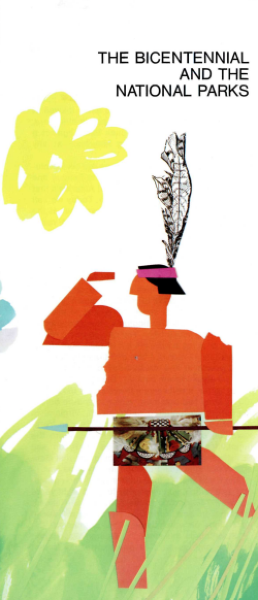
Big changes sometimes announce themselves in obscure places.
On Tuesday, September 22, 1987, the Department of the Interior posted a five-page announcement in the Federal Register among more than 150 pages of other federal rules. After a decade of work, the National Park Service had finally developed its Native American Relationships Management Policy. For the first time, after existing since 1916, the NPS stated an agency-wide policy for how the Service would work with tribes.
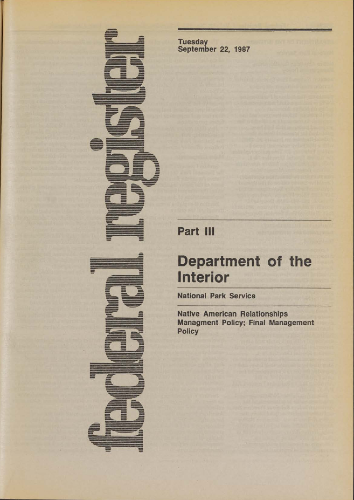
Once implemented, it would ensure Native American access and use of parks without unreasonable interference, establish and maintain relationships with affected tribes, and promise to consider concerns of "potentially affected Native American tribes or groups." Presumably, those things happened inconsistently, or not at all, before 1987.
Although I'm steeped in public lands and national parks history, this policy had escaped my notice. I learned about it recently but found it referenced only in passing. I wanted to know more, not least because the 1980s are not typically seen as a time of great innovation for the parks or Interior.
Some scholars have noted that the NPS's first chief historian, Verne E. Chatelain, called for the same types of policies 50 years before the agency finally adopted them. Recognition of the policy shortcoming failed to initiate real action; bureaucracies, after all, are not known for their swift action.
The long, often tragic, history of tribal relations with the federal government evolved in the 1970s, prompted by Indigenous activism. New laws, such as the Indian Self-Determination and Education Assistance Act (1975) and especially the American Indian Religious Freedom Act (1978), created part of the context in which the NPS acted in the 1970s and 1980s. These trends pressured the Park Service to improve its relationships with the Native peoples whose homelands the parks occupied.
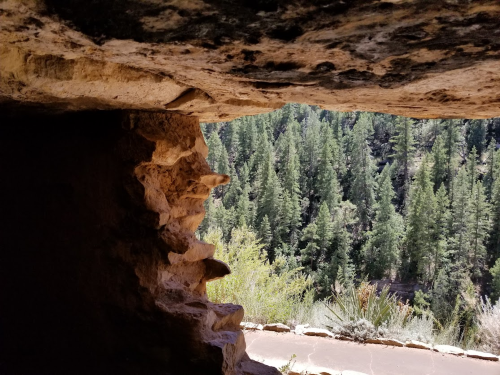
In 1978 in an agency CRM Bulletin, Jackson W. Moore provided a status report on the Park Service's Native American policy. It would appear easy to formulate such a policy, he said, before adding, "Appearances, however, can be deceptive."
A variety of issues demanded attention, including access to sites, use of resources, participation in interpretive programs, and existing park collections. Programmatic and technical issues had a history of being addressed somewhat, but the rights and privileges being asserted by tribes in the 1960s and 1970s revealed only an ad hoc, park-by-park policy.
This situation couldn't stand. But it couldn't be corrected immediately either.
To help, NPS hired Muriel "Miki" Crespi in 1981 to finish the Native American Relationships Management Policy and to create within the agency an applied anthropology program. Tall orders, but Crespi dove in.

According to an article by scholars and NPS employees who knew her, Crespi recognized the Park Service needed to engage with and focus "on contemporary living communities with histories, cultural identities, spiritual values, and symbolism attached to park landscapes, buildings, sites, and even natural resources with cultural values." Crespi developed the term "ethnographic resources" to incorporate all of those things, an inclusive framework meant to acknowledge meaningful, ongoing relationships to parks.
Part of the new thinking reflected here positioned the NPS to understand that Native relationships with these places were not cast only in the past tense.
The policy Crespi and her colleagues crafted by 1987 in that non-descript Federal Register did not always read like poetry, but that does not mean it didn't include profound points. Many parks, the policy pointed out, include places and items "associated with traditional sacred, subsistence or other cultural practices of contemporary Native American peoples, and necessary for their cultural continuity."
The first half of that excerpt is a simple, obvious statement of fact: the land and the things built on it represent the various cultures of those who stewarded some of the most sacred, beautiful, and meaningful places anywhere on the continent. The Park Service had often ignored those original caretakers or crafted stories that misrepresented their past. But today, anyone thinking about these places will eventually realize the foundational truth of the first part of that statement.

I think the second half of the statement identifies something more easily forgotten, ignored, or even rejected. These places remain not only important for their ties to the past but also "necessary for their cultural continuity." The implications of this fact compelled the Park Service to allow access and to build and sustain relationships respectfully and knowledgably—the main thrust of the new policy.
The work remains. But this moment helped shift something. Other laws, such as the Native American Graves Protection and Repatriation Act (1990), and policies, like the Tribal Self-Governance Act (1994), have further refined the parameters of tribal-NPS relationships.
Policies and laws cannot erase bad practices overnight or forge productive partnerships in the blink of an eye. Publishing an explanation and new direction in the Federal Register cannot reverse decades of neglect. Yet reversals have to begin sometime—and 1987 was one such moment.
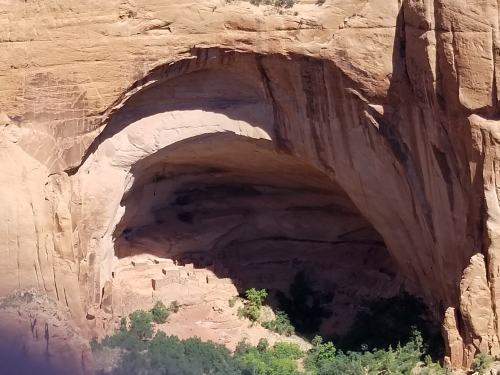
During the Biden Administration, the director of the National Park Service was Chuck Sams, an enrolled member of the Cayuse and Walla Walla tribes, and his boss was Secretary of the Interior Deb Haaland, who is enrolled with the Laguna Pueblo tribe. Having Indigenous people in positions of power with the NPS represented another pivotal moment in the long history between the federal bureaucracy and Native peoples.
Obviously, though, such advances are neither inevitable nor permanent.
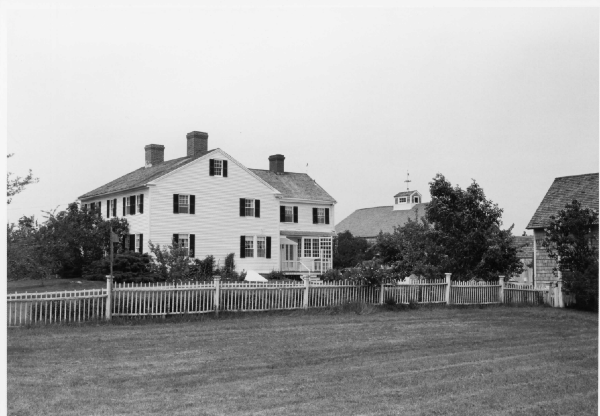
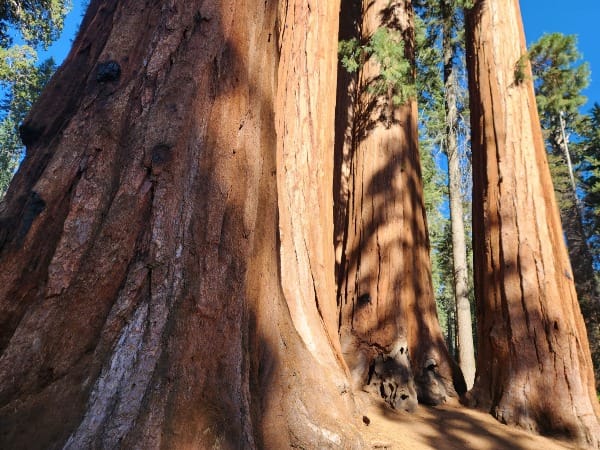

Comments ()